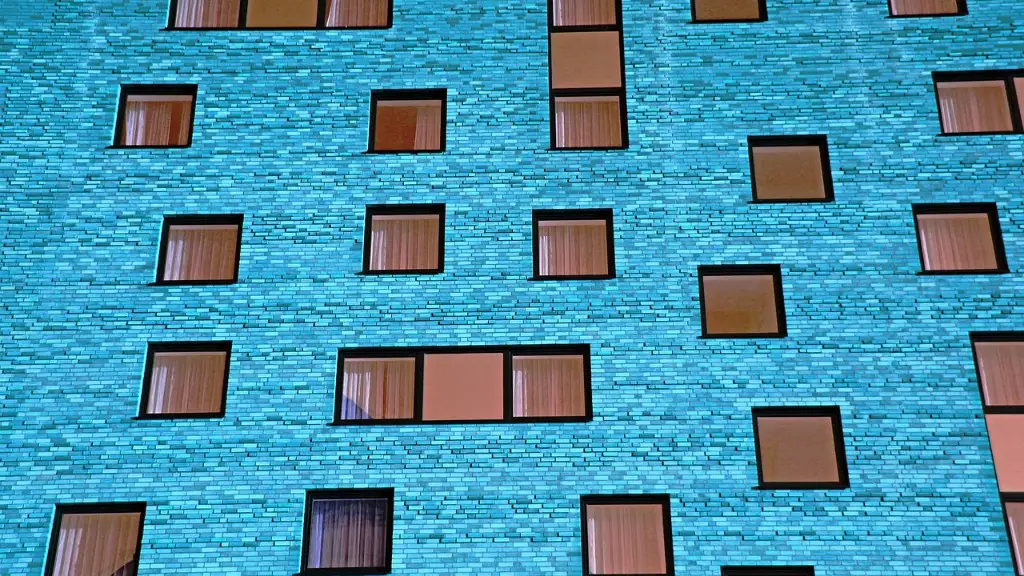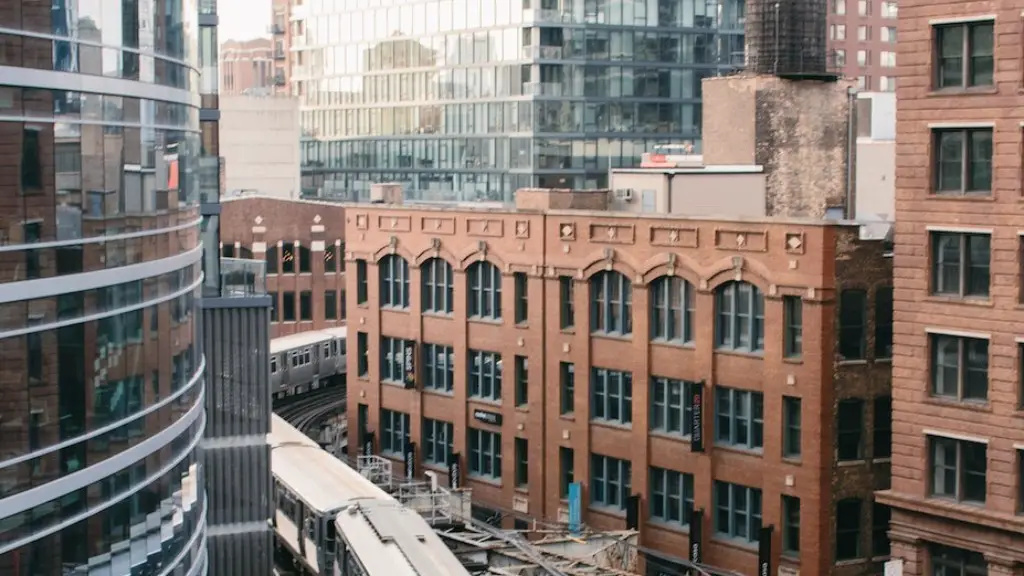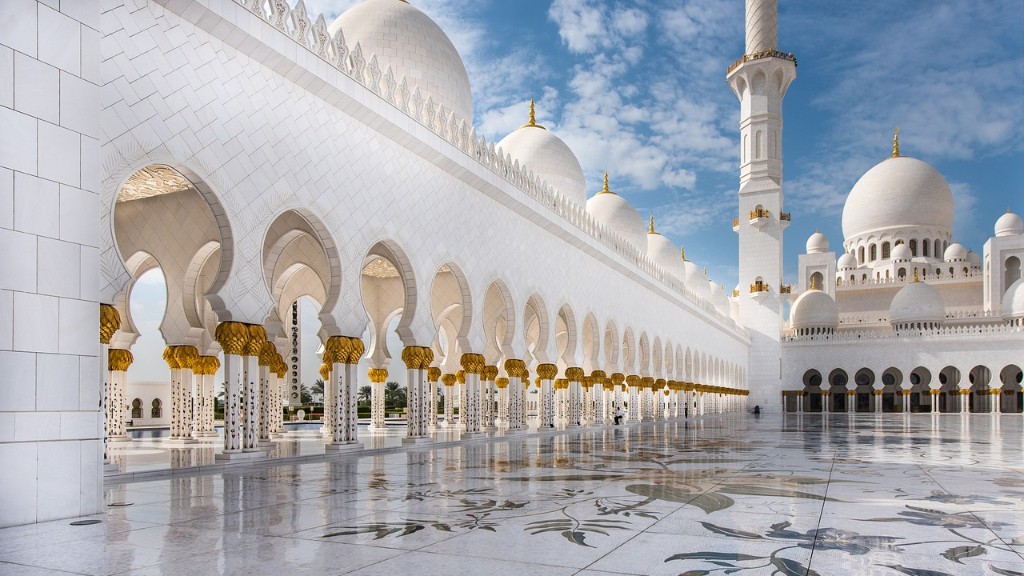Origins
Contemporary architecture has its origins in the modernist architecture developed in the early 20th century. Pioneers such as Le Corbusier, Mies Van Der Rohe, and Walter Gropius established the foundations for contemporary architecture using a simplified and reduced form of design. They sought to create spaces that blended into the natural environment, highlighting and celebrating both modern technology and existing architectural forms.
The principles of modernism spread rapidly and influenced a wave of other architects, from Alvar Aalto in Finland to Antoni Gaudi in Spain. What these architects shared was a rejection of the older style of neoclassical and traditional architecture in favour of the modernist. The ultimate aim of modernist architectural theory and practice was to improve the cities, environments, and societies in which they built, and to redefine the idea of ‘home’ in the process.
Impacts
Since then, the impacts of this radically different approach to building have been felt all over the world. Contemporary architecture has served as an inspiration and a foundation for many future architectural designs. Its influence can be seen in the sleek, innovative edifices of many of today’s modern megacities, which often blend elements of different era into a unified style.
The other impact of contemporary architecture is its ability to create entire neighbourhoodscapes that arent completely defined by the urban sprawl of traditional cities. New science and technology can be used in projects that combine natural elements into the urban landscape. This produces a completely unique visual experience and creates a distinct identity for a neighbourhood, allowing each one to stand out from the other.
Today’s Emergence
Today, contemporary architecture is a major global phenomenon. Many of the world’s leading architects have been influenced by modernism and contemporary architecture, creating their own distinct interpretations. From world-renowned architects such as Frank Gehry in America and Renzo Piano in Italy, to the starchitect-led projects that have been designed over the last two decades, contemporary architecture has become a major player in the continuing evolution of architectural design.
At the same time, the philosophy and technology of contemporary architecture have continued to evolve with the times. The incorporation of environmentally friendly and energy-saving materials has made sustainability a major goal of contemporary architecture, and it has become commonplace to use high-tech materials such as glass and steel in modern building designs. Other modern technologies, such as virtual reality and artificial intelligence, are also being used to improve design processes and the resulting structures.
Aesthetics
From an aesthetic standpoint, contemporary architecture has also gone a long way towards changing the way people perceive buildings. Modern designs focus on clean lines and a minimalistic approach, and this has led to some truly remarkable creations. Many of these designs blur the lines between the built environment and the natural environment, and are able to take full advantage of their surroundings to create an experience that far surpasses the traditional built environment.
The focus on minimalism has also made contemporary architecture extremely adaptable, and the use of sustainable materials means that the buildings are designed to be friendly to the environment. This is a major factor in the creation of modern urban oases in many of today’s cities, and has been instrumental in creating new, vibrant and dynamic urban landscapes in cities across the world.
Criticisms
Not everyone has a favorable opinion of modern architecture. Critics of the movement claim that architects are too focused on ‘style over substance,’ citing the prevalence of tall, sleek buildings and structures that do not necessarily serve any real purpose.
Others criticize contemporary architecture as too uniform and unimaginative. In particular, some traditionalists have argued that modern architecture detracts from the ‘character’ of cities and neighborhoods, and creates a ‘cookie-cutter’ aesthetic.
Social implications
Despite these criticisms, contemporary architecture has had a positive impact on cities and the environment. By creating living spaces and public areas that are designed to be energy-efficient and sustainable, contemporary architecture has contributed to cleaner and greener cities. Furthermore, the incorporation of public spaces into modern architecture has created inviting, vibrant areas for residents to enjoy, and this has contributed to the overall revitalization of many cities around the world.
In addition, the incorporation of modern technologies into building designs has allowed architects to create unique, interactive experiences for the public. In a contemporary building, it is possible to experience works of art, interactive technologies, and innovative designs without ever leaving the building. These experiences can greatly enrich the lives of citizens, and help to create a more vibrant, creative urban environment.
Legacy
In the end, the legacy of contemporary architecture will no doubt be felt for many years to come. The impact of modernism has been far-reaching, with its influence widely felt across many cultures and regions. What’s more, the incorporation of sustainability and public spaces into modern architectural designs has helped to create more livable cities, while at the same time giving us an opportunity to appreciate the sheer beauty of modern architecture.
As a result, contemporary architecture has become an integral part of the urban landscape, and will no doubt continue to evolve and develop in response to the changing needs of cities and the environment. As new technologies and materials become available, architects will be able to create ever more impressive works of art, and help to create living spaces that are both beautiful and environmentally sustainable.
Purpose
The ultimate goal of contemporary architecture is to create urban environments that are both aesthetically pleasing and livable. By incorporating sustainability into building designs, and by utilizing modern technologies to enhance the experience of the public, modern architecture has become an essential part of the cities of the future. As our cities continue to evolve, it is likely that the influence of modern architecture will only continue to grow.
Innovation
Contemporary architecture is also continuing to innovate and develop. Architects are utilizing virtual reality and artificial intelligence to streamline the design process, while also introducing cutting-edge materials and technologies that can help create livable spaces in even the most challenging environments.
The incorporation of renewable energy sources, such as solar panels and wind turbines, is becoming increasingly commonplace in modern architectural designs. This helps to create a more sustainable future, while creating structures that are visually appealing and functional at the same time.
Conclusion
Contemporary architecture is a major global phenomenon with its roots in modernism. Since its introduction, it has had a significant impact on cities and neighbourhoods around the globe, and its influence can be seen in many of today’s leading architectural designs.
At the same time, modern architects are continuing to develop and innovate, utilizing cutting-edge materials and technologies to create livable and environmentally-friendly living spaces. Contemporary architecture, if done correctly, can lead to better cities and a better future.


